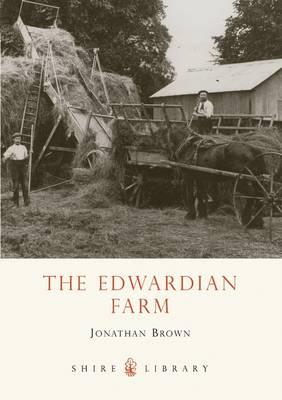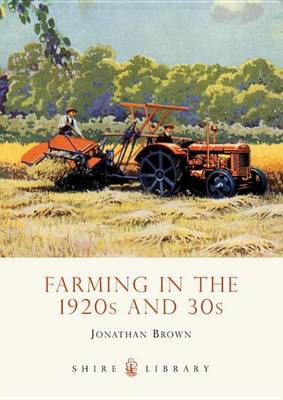Shire Library
2 primary works • 3 total works
Book 608
The Edwardian period is often seen as something of a gilded age; war would imminently remove hundreds of thousands of men from the labour force, and instigate progress to mechanize. Illustrated with a wealth of archive material, this book tells the story of farming in Britain in the early years of the twentieth century - an age of horse, steam and intensive labour. Looking at the structure of farming and its output, alongside the lives of the people who worked the land, this is a fascinating picture of British agriculture at a turning point in history.
Book 666
With world markets upset and economies in recession, the 1920s and '30s were not an easy time for farmers, who required great resilience to survive. Jonathan Brown here examines the challenges that farmers faced and the ways in which they responded. Some turned to new crops, with new markets emerging for sugar beet, eggs, milk and pork. Some used tractors and other machines to increase productivity, and the motor car and lorry opened up new possibilities for bringing produce to market. It was hard work whichever direction was taken, but the effects of these innovations was undeniably beneficial and the farming landscape was transformed from what it had been in Victorian and Edwardian times.
The old-time shepherd - lamb in one hand, crook in the other - is an emblem of sturdiness, dependability and independence. He was one of the most important men on the farm, responsible for the care and well-being of the flock, with which he might need to spend days and nights out in open pastures. How did he manage his charges and his own life? What skills and equipment did he use? How did sheep farming change in the nineteenth and twentieth centuries, and what effect did those changes have on the shepherd's work? These are some of the questions considered by this fully illustrated exploration of shepherding life.


